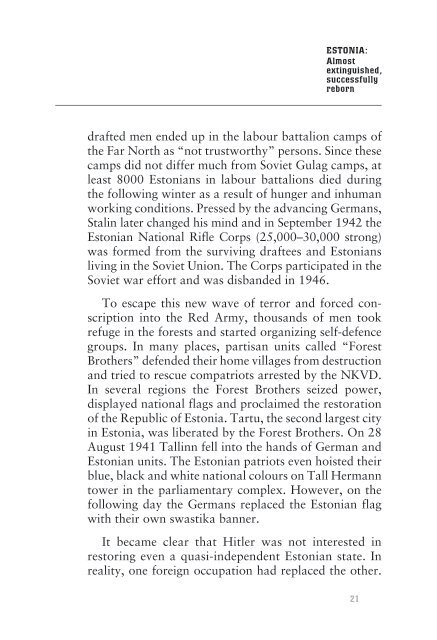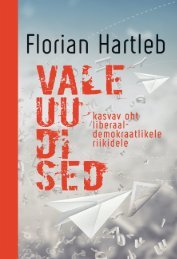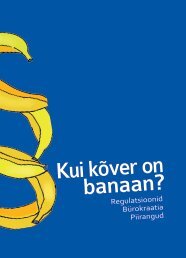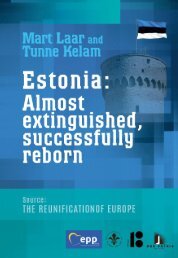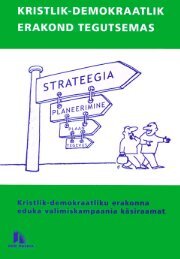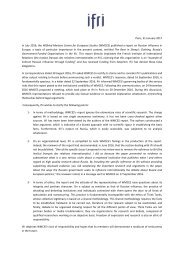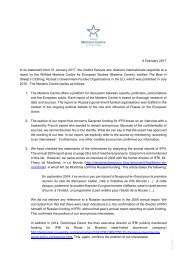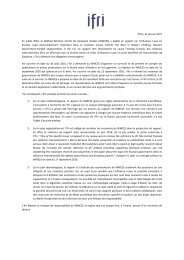ESTONIA: Almost extinguished, successfully reborn
The following text is the shortest possible review to help inform friends and guests from abroad about Estonia’s experience with foreign occupation and totalitarianism as well as its road to peacefully re-establishing national inde-pendence on the basis of democracy. Tunne Kelam Member of the European Parlament
The following text is the shortest possible review to help inform
friends and guests from abroad about Estonia’s experience with
foreign occupation and totalitarianism as well as its road to
peacefully re-establishing national inde-pendence on the basis
of democracy.
Tunne Kelam
Member of the European Parlament
You also want an ePaper? Increase the reach of your titles
YUMPU automatically turns print PDFs into web optimized ePapers that Google loves.
<strong>ESTONIA</strong>:<br />
<strong>Almost</strong><br />
<strong>extinguished</strong>,<br />
<strong>successfully</strong><br />
<strong>reborn</strong><br />
drafted men ended up in the labour battalion camps of<br />
the Far North as “not trustworthy” persons. Since these<br />
camps did not differ much from Soviet Gulag camps, at<br />
least 8000 Estonians in labour battalions died during<br />
the following winter as a result of hunger and inhuman<br />
working conditions. Pressed by the advancing Germans,<br />
Stalin later changed his mind and in September 1942 the<br />
Estonian National Rifle Corps (25,000–30,000 strong)<br />
was formed from the surviving draftees and Estonians<br />
living in the Soviet Union. The Corps participated in the<br />
Soviet war effort and was disbanded in 1946.<br />
To escape this new wave of terror and forced conscription<br />
into the Red Army, thousands of men took<br />
refuge in the forests and started organizing self-defence<br />
groups. In many places, partisan units called “Forest<br />
Brothers” defended their home villages from destruction<br />
and tried to rescue compatriots arrested by the NKVD.<br />
In several regions the Forest Brothers seized power,<br />
displayed national flags and proclaimed the restoration<br />
of the Republic of Estonia. Tartu, the second largest city<br />
in Estonia, was liberated by the Forest Brothers. On 28<br />
August 1941 Tallinn fell into the hands of German and<br />
Estonian units. The Estonian patriots even hoisted their<br />
blue, black and white national colours on Tall Hermann<br />
tower in the parliamentary complex. However, on the<br />
following day the Germans replaced the Estonian flag<br />
with their own swastika banner.<br />
It became clear that Hitler was not interested in<br />
restoring even a quasi-independent Estonian state. In<br />
reality, one foreign occupation had replaced the other.<br />
21


